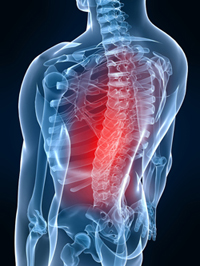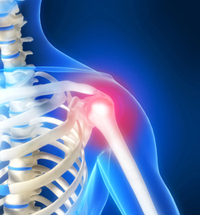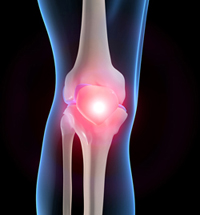 "Restrictions are where negotiating return to work duties begins" "Restrictions are where negotiating return to work duties begins"
|
It is worth understanding that the reasons for restricting duties are not the same for every condition or person. In some conditions, or people, flexibility will be ok, in others the restrictions are more important to adhere to because:
| • | The medical condition may be aggravated by the duties, or healing may be slowed in certain situations for some conditions. e.g. a shoulder rotator cuff problem |
| • | The restrictions help the employee to be more comfortable. Medicine does not have evidence that restricting activities helps people with back pain. In fact we have evidence that they will do better if encouraged to return to normal activities as soon as possible. However, in the work environment this may be difficult, and the person may be in too much pain to take on all duties. Tasks are therefore restricted to lessen the suffering or pain. |
Restrictions are not generally black and white, many people don't need them. It is difficult for a treating practitioner to give a dogmatic and clear cut list of restrictions that covers all situations.
It is sensible to acknowledge the treater's restrictions and use the information to identify suitable duties. You can ask the treater if the duties you agree on are satisfactory, even if this means the initial list of restrictions needs to be modified.
The following are common sense restrictions for frequent medical conditions that impact employees' capabilities.
They should be tailored to the individual and situation.
Low back pain
Most people with back complaints have difficulty with static posture (i.e. not moving). They may have difficulty with bending, working in awkward postures, or being on their feet for extended periods. Sensible restrictions include some or all of the following:
| 1. | Change posture regularly |
| 2. | Short walks or changes in posture |
| 3. | Avoid awkward posture work |
| 4. | Ability to take short pause breaks to stretch |
| 5. | Ability to alternate between seated and standing positions. Alternatively, the ability to sit intermittently if the job requires standing. |
| 6. | Avoid heavy or awkward lifting |
 Note: Note:
No lifting limit has been included. The weight that can be lifted depends on the way the item is handled. Lifting 10kg close to the body is not difficult for most people, even with a sore back. However, lifting 3kg by reaching to the other side of a pallet for it, is hard on the spine.
|
Mid or thoracic back pain
The arms are stabilized by the muscles of the mid back. Relevant thoracic spine restrictions need to address pain in this area, as well as the common spinal needs for a regular change of posture.

Restrictions:
| 1. | Change posture regularly |
| 2. | Short walks or changes in posture |
| 3. | Avoid awkward posture work |
| 4. | Avoid repeated outreaching with the arms |
| 5. | Avoid heavy or awkward lifting |
| 6. | Ability to take short pause breaks to stretch |
| 7. | Avoid repeated lifting above shoulder height |
|
Neck conditions
As with back complaints, putting the neck in an awkward position even for a short period can flare neck soreness. Some people with neck problems are not helped by neck restrictions, their pain plays up from time to time
no matter what they are doing.
Tension will often contribute to neck problems, particularly in females.
Sensible restrictions include:
| 1. | Avoid repeated work above shoulder height |
| 2. | Avoid constant work with the head turned to one side |
| 3. | Avoid the need to repeatedly look upwards |
| 4. | Avoid long periods with the head bent forwards beyond 30 degrees |
| 5. | Avoid heavy lifting with the arms outstretched |
| 6. | The ability to take short pause breaks to stretch |
|
Shoulder pain
The shoulder joint is stressed when the arm is moved more than 30 degrees away from the body. The muscles that work the shoulder joint (rotator cuff) have to be more active to lift the arm beyond that point. A sensible rule of thumb is if the elbow is close to the trunk, the shoulder will not be put under load.

Common restrictions include:
| 1. | Avoid repeated outreaching of the arm |
| 2. | Avoid work at or above shoulder height |
| 3. | Avoid repeated forceful activities with the arm |
| 4. | Avoid fast and repetitive tasks with the arm |
|
Knee problem
Knee problems
The knee is put under pressure when the person has to bend the knee while it is under load, twist repeatedly, or is subjected to long periods of weight bearing.

Common restrictions include:
| 1. | Avoid repeated climbing of stairs or steps (such as a ladder) |
| 2. | Avoid walking over uneven ground |
| 3. | Avoid any repeated need for kneeling or squatting |
| 4. | Ability to change posture at times e.g. sitting or standing, for some knee conditions |
|
 What's next?
What's next?
Return to normal versus restricted duties
![]() What's next?
What's next?